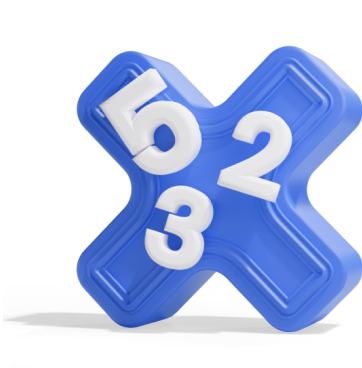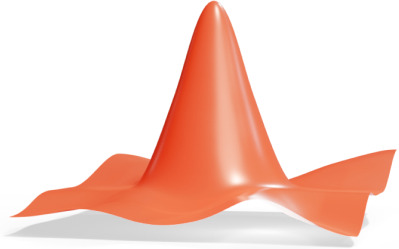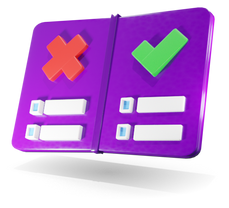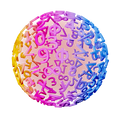11th Grade Q1
To find the domain and range of a logarithmic function of the form
follow these steps:
1. Domain
The domain of a logarithmic function is determined by the argument of the logarithm, . The argument must be positive because logarithms are not defined for zero or negative values.
Rule: Solve the inequality :
The domain is .
2. Range
The range of a logarithmic function is not affected by the transformations and . A logarithmic function can output any real number regardless of horizontal shifts () or vertical shifts ().
Rule: The range of is always:
Example:
Find the domain and range of the function
1. Domain:
- The argument of the logarithm is .
- Solve :
- The domain is .
2. Range: The range of any logarithmic function is all real numbers, regardless of shifts. So the range is .
Final Answer:
For :
- Domain:
- Range:





















